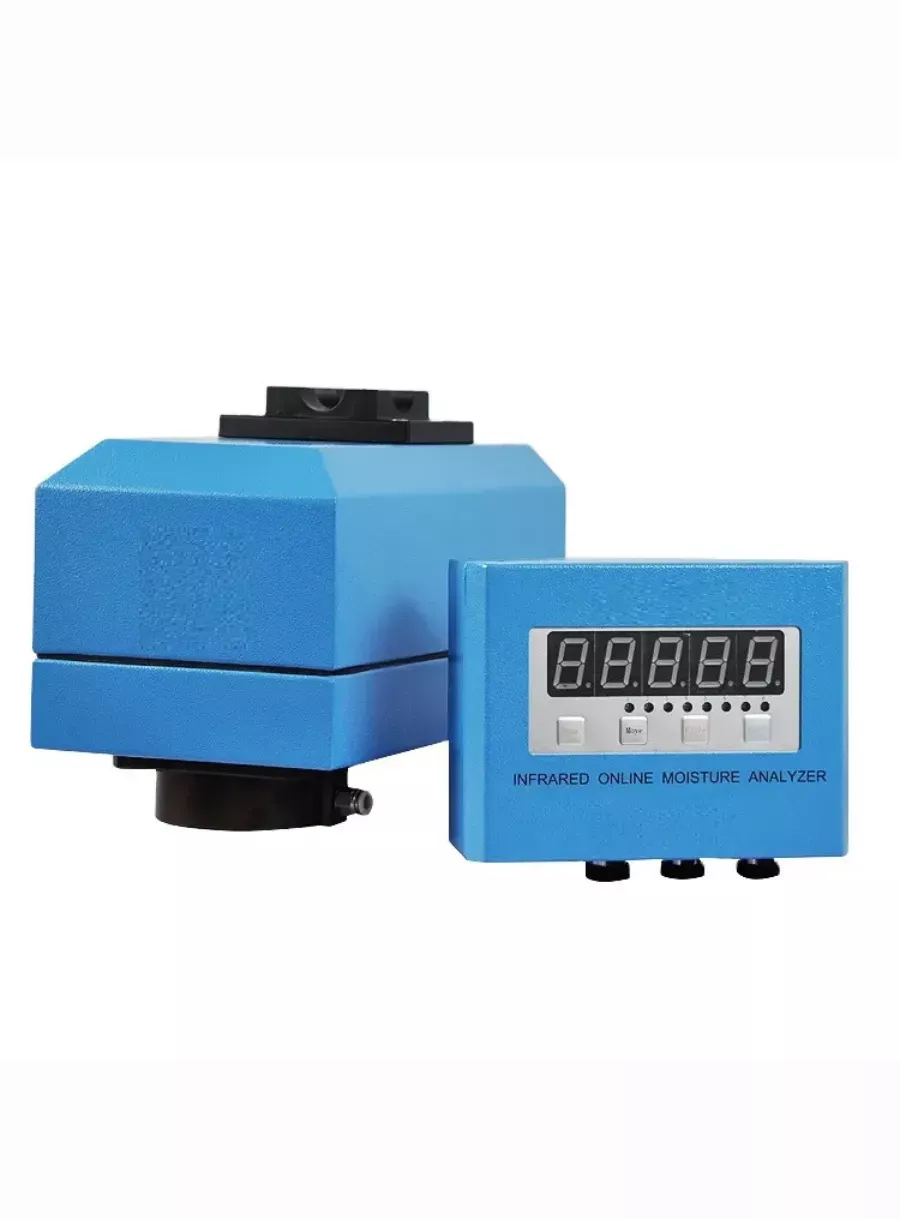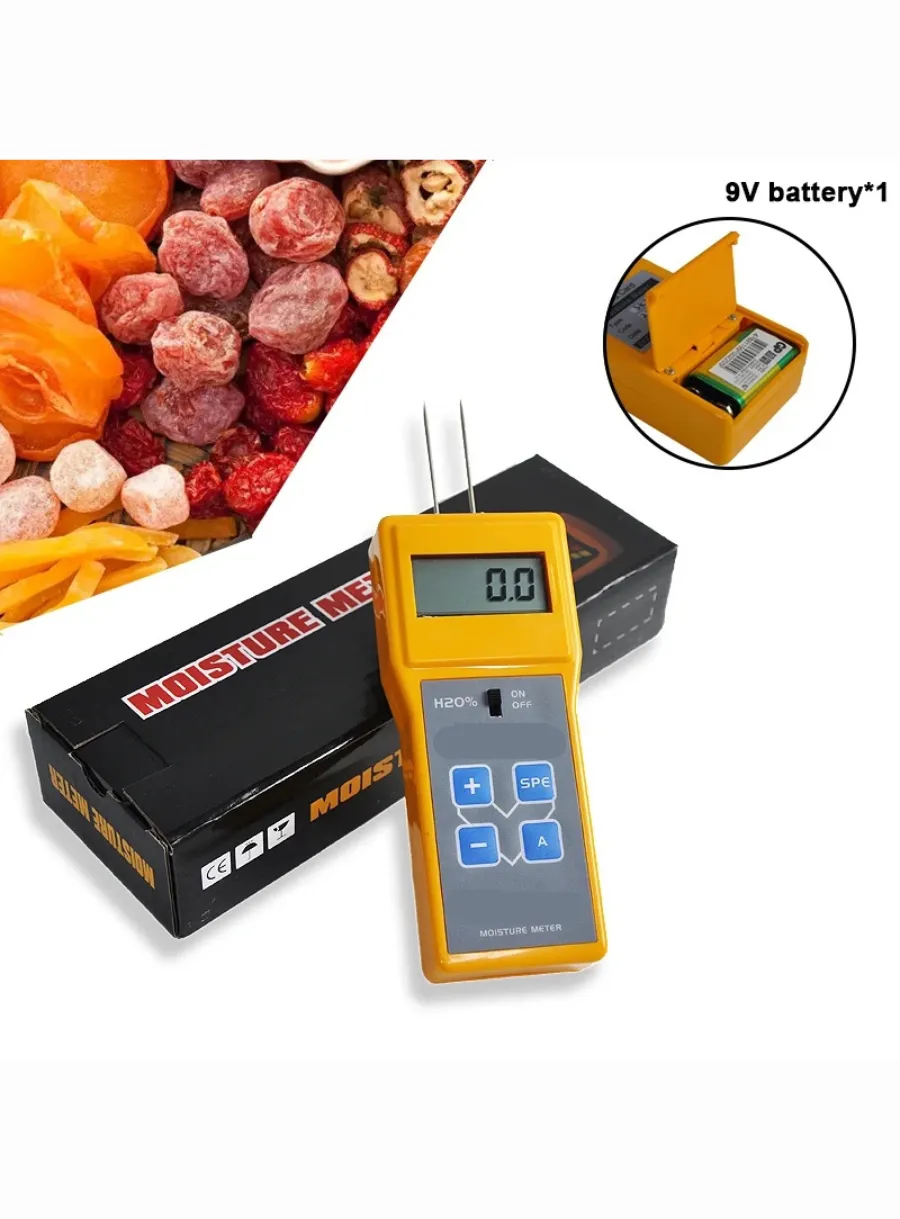
Best Practices of Moisture Meters for Freeze Dried Food
Table of Contents
When utilizing Moisture Meter For Freeze Dried Food, it’s essential to understand user flows, as this documentation helps outline how users interact with the device to achieve desired results. Use cases should be developed that describe pre- and post-interaction states along with various methods of interaction. This clarity is vital for both users and stakeholders involved in the process.

To ensure accurate readings, operators must be adequately trained in using Moisture Meter For Freeze Dried Food, especially given the complexity of advanced models. Unlike simpler models that utilize pins, advanced devices minimize surface damage but require skill to operate effectively. Users should familiarize themselves with the technology to avoid inaccurate results caused by improper use.

Incorporating stakeholder feedback early in the process is crucial. Regular communication and workshops can help gather insights that align the use of Moisture Meter For Freeze Dried Food with user needs and business objectives. This engagement can help mitigate risks of misunderstandings related to how moisture content affects product quality.
Documentation and Standardization
Maintaining a standardized approach in documenting requirements related to moisture content measurement is beneficial. Each requirement should be clear, measurable, and actionable, ensuring that all stakeholders understand the criteria being utilized. This clarity can significantly enhance the reliability of moisture readings.
Addressing Non-Functional Requirements
Pay attention to non-functional requirements that can affect the operation of Moisture Meter For Freeze Dried Food, such as integration with other tools, usability, and response times. These aspects should be considered from the beginning of the process to avoid compatibility issues later on.
Regular Validation and Calibration
It is crucial to regularly validate and calibrate Moisture Meter For Freeze Dried Food to ensure consistent performance. Techniques such as inspections and walkthroughs can help identify any discrepancies or issues with the devices, ensuring that the measurements are accurate and reliable. Proper validation methods also help maintain consistency in the documentation of results. By adhering to these best practices, users can optimize the effectiveness of Moisture Meter For Freeze Dried Food, ultimately leading to better quality control and product satisfaction.
Comments
Tags
Frequently Asked Question
Understanding user flows is crucial as it helps outline how users interact with the device to achieve desired results. It provides clarity for both users and stakeholders involved in the process.
Training is essential, especially for advanced models. Proper training ensures accurate readings and helps users avoid inaccurate results caused by improper use.
Stakeholder involvement helps gather insights that align the use of the device with user needs and business objectives. It also helps mitigate risks of misunderstandings related to how moisture content affects product quality.
Regular validation and calibration are crucial to ensure consistent performance. This should be done periodically through techniques such as inspections and walkthroughs to identify any discrepancies or issues with the devices.
